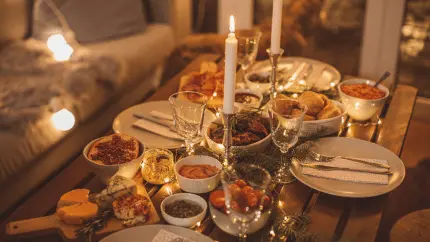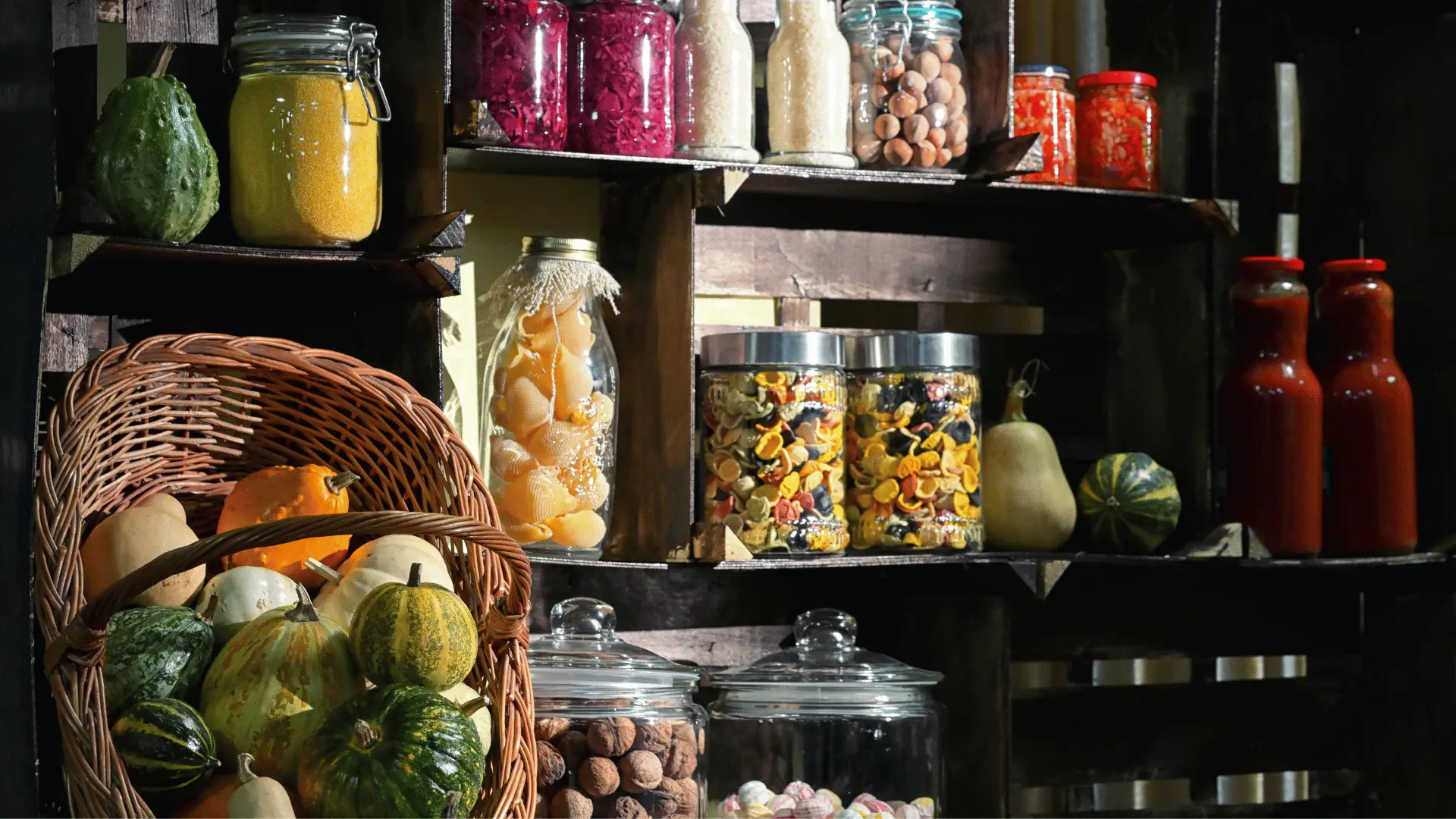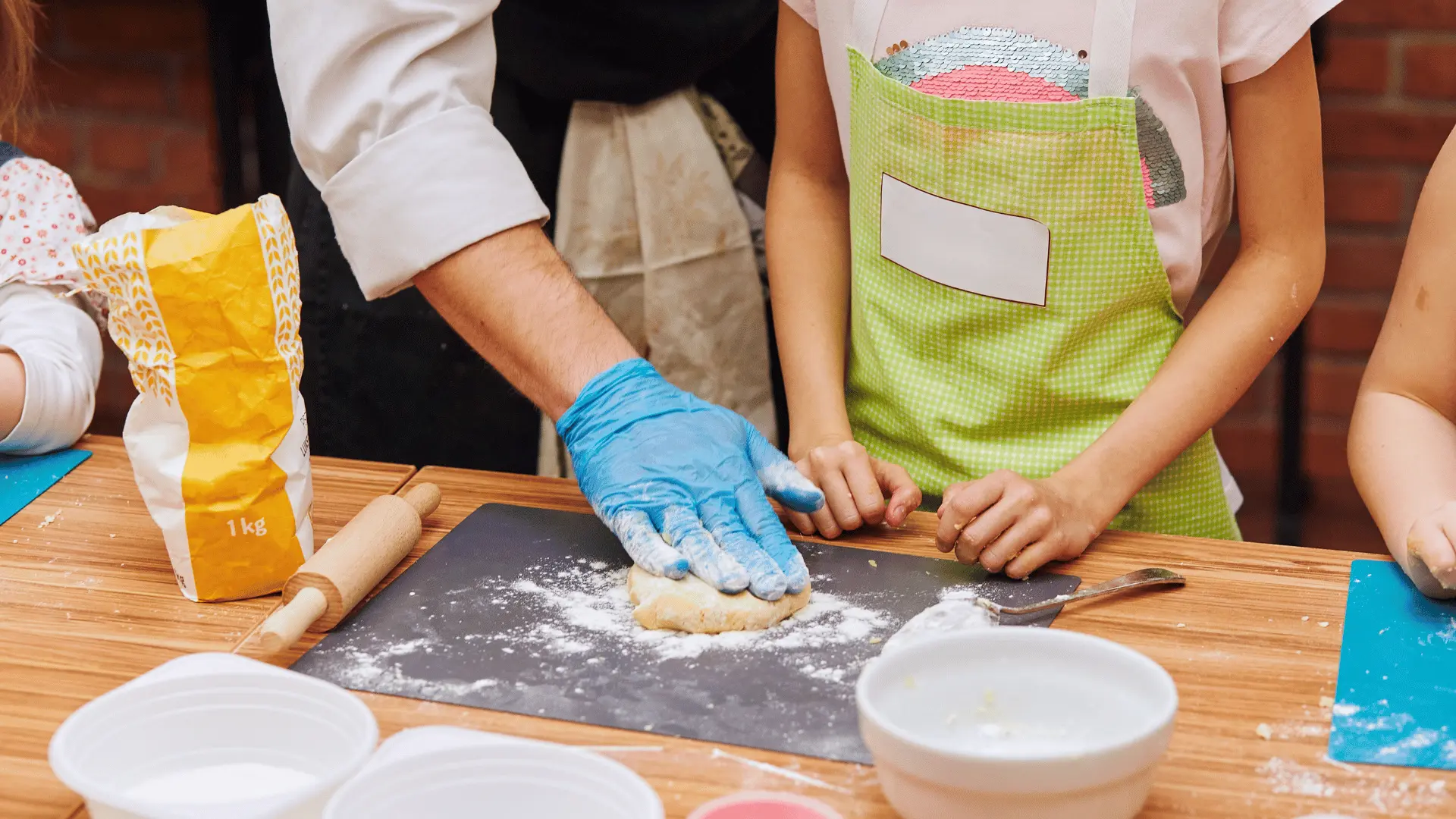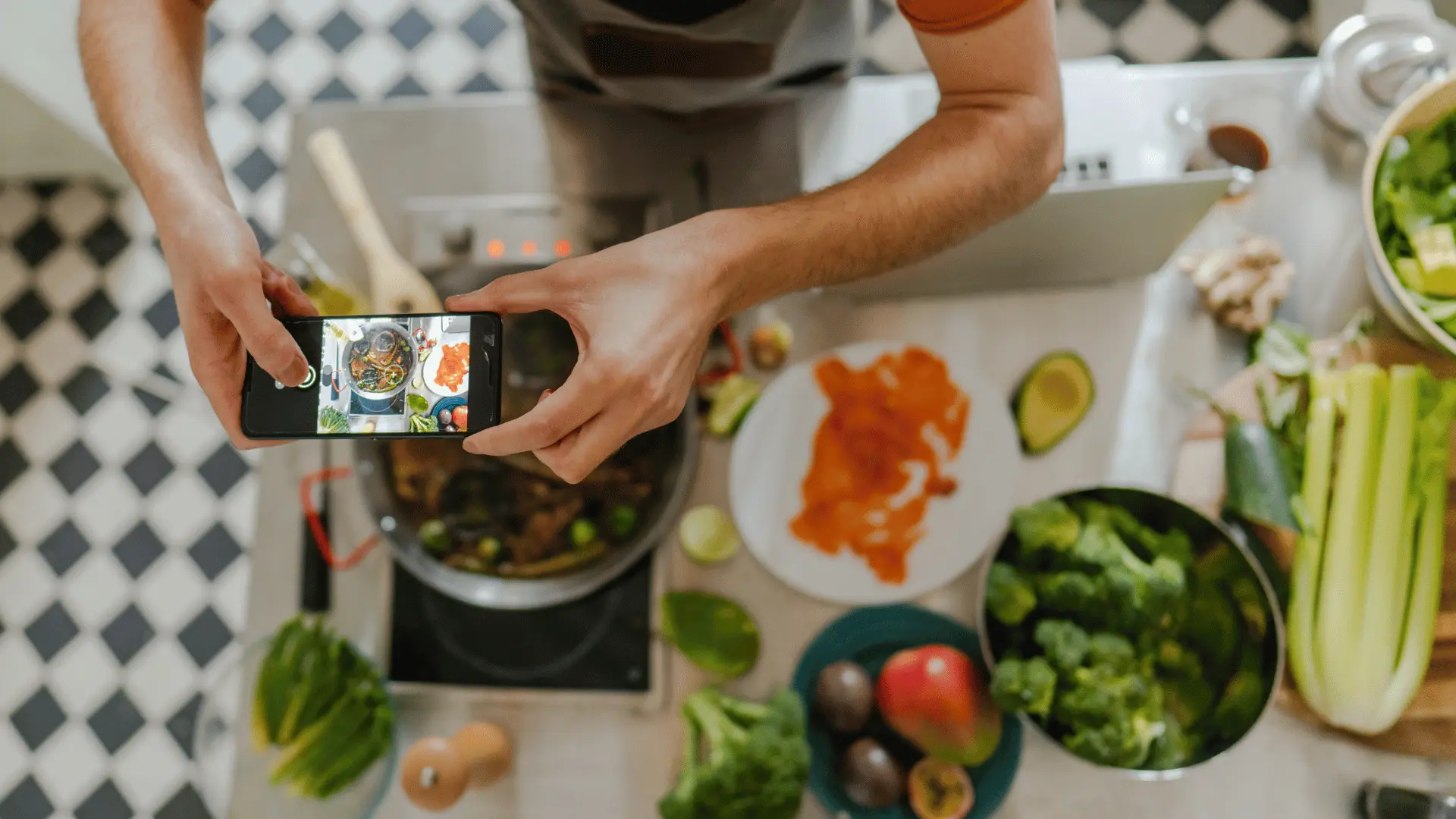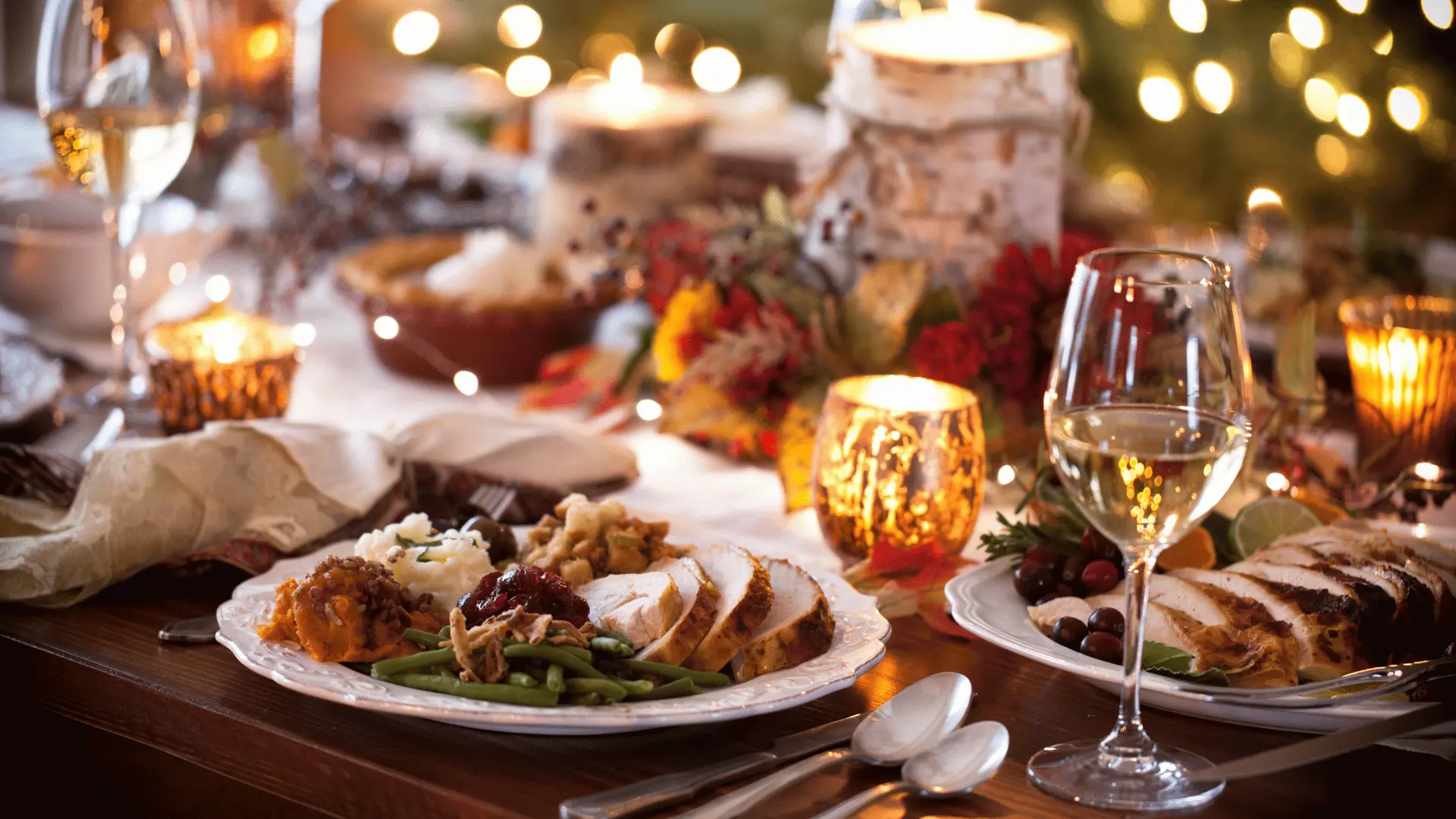
How to Collect Recipes at Your Next Family Gathering Before It’s Too Late
Every family gathering has that moment when food becomes the centerpiece. The potluck table groans under the weight of casseroles, pies, and bowls of something everyone claims they make best. Aunts swap stories in the kitchen, kids sneak bites before dinner, and grandparents smile as their signature dishes disappear quickly from the serving line. But here’s the question: are those recipes written down anywhere? Or will they vanish when the cook who carries them in memory is gone?
We’ve seen the heartbreak of recipes lost to time. A beloved cake remembered only vaguely, a casserole no one can quite replicate, or a family dish that disappears entirely because no one thought to ask for the details. That’s why your next family gathering is the perfect chance to collect recipes—before it’s too late.
Why Gatherings Are the Best Time to Collect Recipes
Family reunions, holidays, and potlucks bring everyone—and every dish—together. They’re rare opportunities when generations overlap, when the people who know the recipes best are present, and when memories are fresh. The dishes are right there on the table, steaming or cooling, ready to be photographed, tasted, and talked about.
Gatherings also create the perfect atmosphere. Food unlocks stories, and when people are already reminiscing about “the year the turkey caught fire” or “grandma’s pie that no one could top,” they’re primed to share more. Recipe collecting doesn’t feel like a chore—it feels like part of the celebration.
Step 1: Come Prepared
Don’t wait until the last minute. Bring a small notebook, index cards, or better yet, set up your phone with a notes app or a recipe-collecting platform like Recipe Memory. Being prepared signals that you value the recipes and the stories behind them. It also makes it easier to capture details in the moment.
Step 2: Ask the Right Questions
Recipes aren’t just about ingredients—they’re about memory. To collect more than just instructions, ask questions like:
- “Who first taught you how to make this?”
- “Is there a story behind why this dish became your specialty?”
- “What tweaks do you add that aren’t written down anywhere?”
- “When do you usually make this recipe—holidays, reunions, or special occasions?”
These questions turn a recipe into a story, and stories are what future generations will cherish most.
Step 3: Cook Together
Sometimes a recipe lives only in the cook’s head, measured in pinches, handfuls, and “until it looks right.” In that case, the best way to capture it is to cook together. Stand next to your relative, watch what they do, and write down or film each step. Not only will you learn the recipe firsthand, but you’ll also create a memory of making it together—a story worth preserving alongside the dish.
Step 4: Capture the Details
Don’t just write down ingredients and instructions. Add the little details that make the recipe uniquely theirs:
- The brand of chocolate chips your aunt swears by.
- The cast iron skillet your grandmother has used for 40 years.
- The story about how the recipe started as a happy accident.
- The family tradition of serving it with ice cream, not whipped cream.
Those details are part of the recipe’s soul. When you digitize it later, those notes will give it richness and personality.
Step 5: Photograph and Record
Technology makes preservation easier than ever. Snap photos of the dish, the handwritten cards, and the person who made it. Record audio of them explaining why they love it, or video of them stirring, seasoning, and laughing. These layers of memory will mean as much as the recipe itself.
Step 6: Make It Collaborative
Family gatherings are group efforts, so make recipe collecting one too. Set up a shared folder or use Recipe Memory to invite relatives to upload their recipes, photos, and stories. You might be surprised at what surfaces—variations of the same dish, recipes you didn’t know existed, or long-forgotten family favorites.
Step 7: Prioritize At-Risk Recipes
Every family has recipes in danger of disappearing. Maybe it’s something only your grandmother knows, or a dish no one has written down. Make those your first priority. Even if you don’t capture them perfectly, something is better than nothing. Later, you can refine and adapt—but you can’t recreate a recipe that’s lost entirely.
Step 8: Share Back Quickly
Don’t let recipes languish in your notebook. After the gathering, type them up, upload them, and share them with everyone who was there. Seeing their dishes preserved and appreciated often inspires relatives to contribute more. It also makes people feel valued—like their cooking is an important part of the family legacy (because it is).
Why It Matters
Collecting recipes at family gatherings isn’t just about food—it’s about identity. It’s about knowing that when you make your grandfather’s stew or your cousin’s pie, you’re keeping them present in your kitchen, even when they’re not around the table anymore. Recipes are edible heirlooms, and every gathering is a chance to protect them.
Think of it this way: one day, someone will be trying to remember how you made your famous dish. Will they have the recipe, the notes, the story? Or will it be lost? By collecting recipes now, you ensure your family’s culinary history doesn’t fade into memory—it lives, breathes, and tastes delicious for generations.
Key Takeaway
Your next family gathering is the perfect chance to collect recipes before they’re lost. Come prepared, ask questions, cook together, and use tools like Recipe Memory to preserve both the dishes and the stories behind them. Because when the plates are cleared and the leftovers are gone, what remains isn’t just the food—it’s the memory. And those memories deserve to be saved.
Love what you’re reading?
Join Recipe Memory today to save your favorite recipes, plan meals with ease, and create smart grocery lists ...all in one place.
